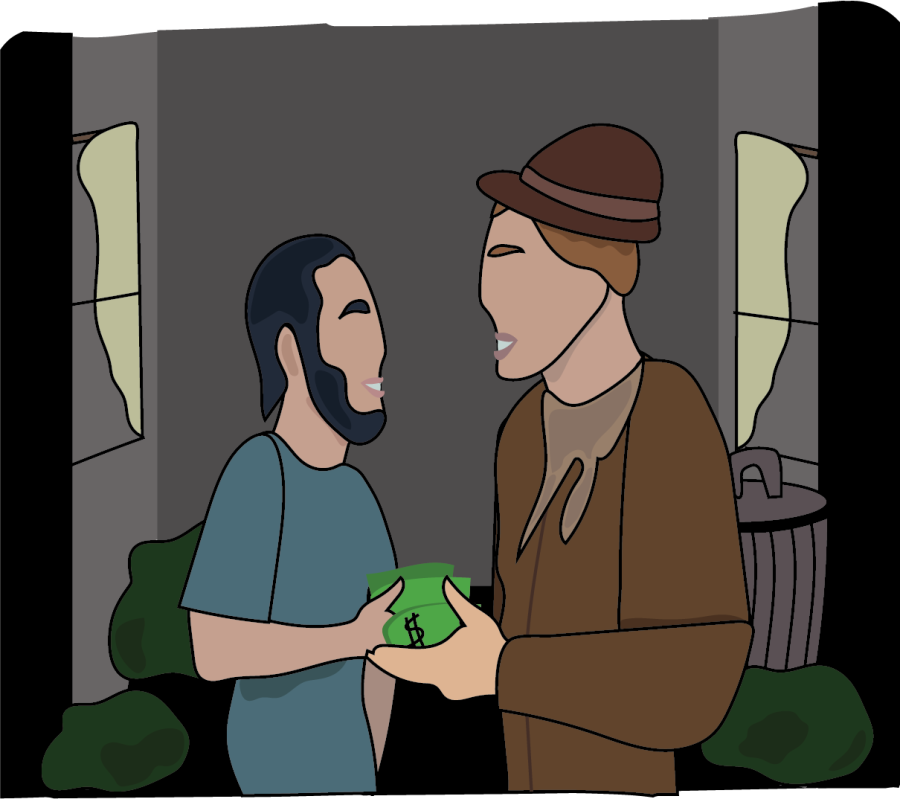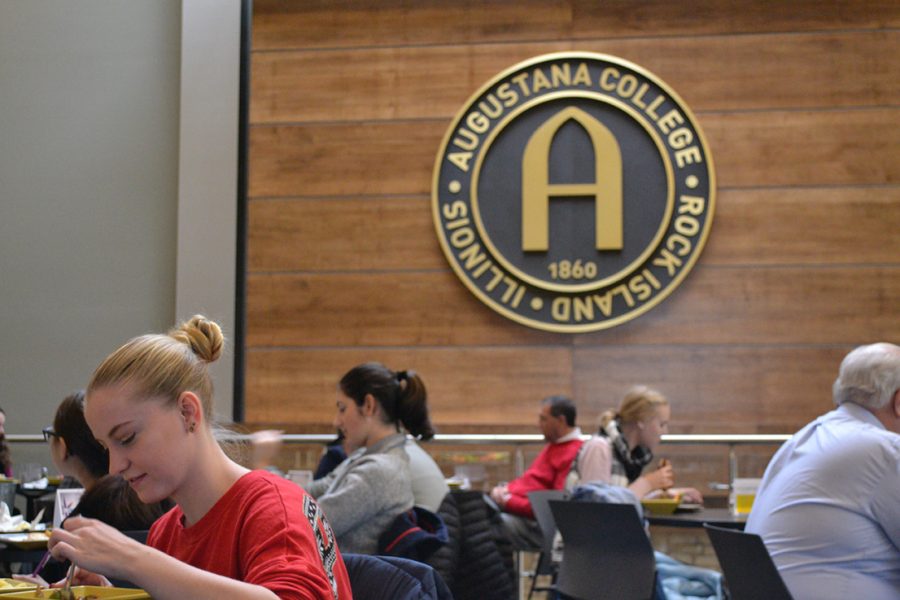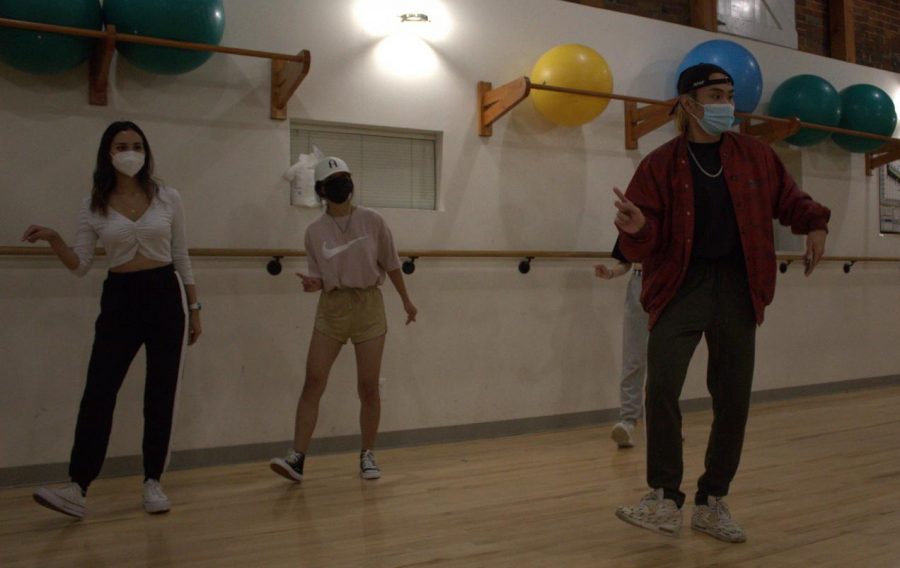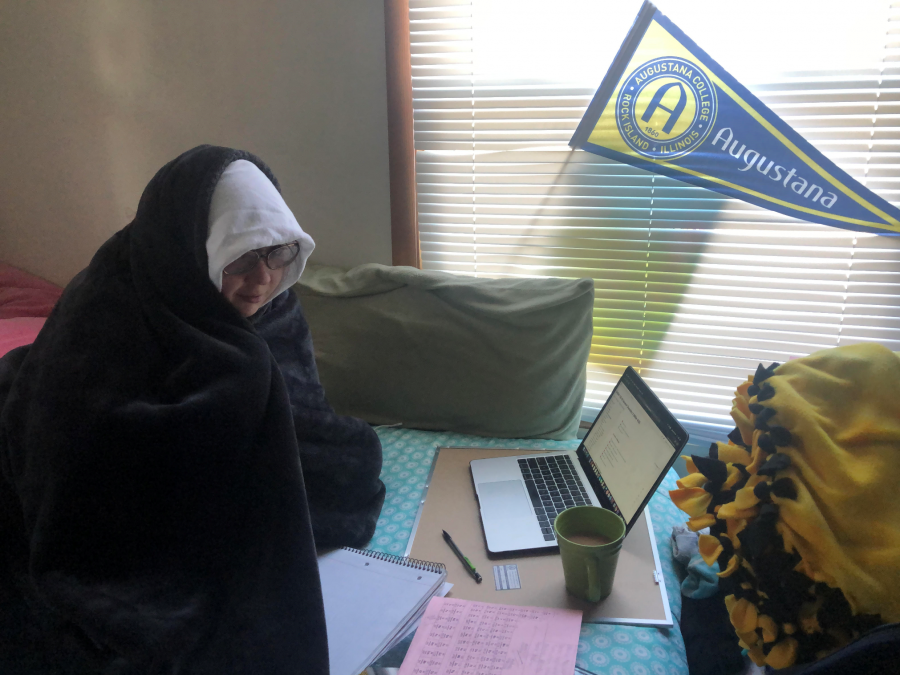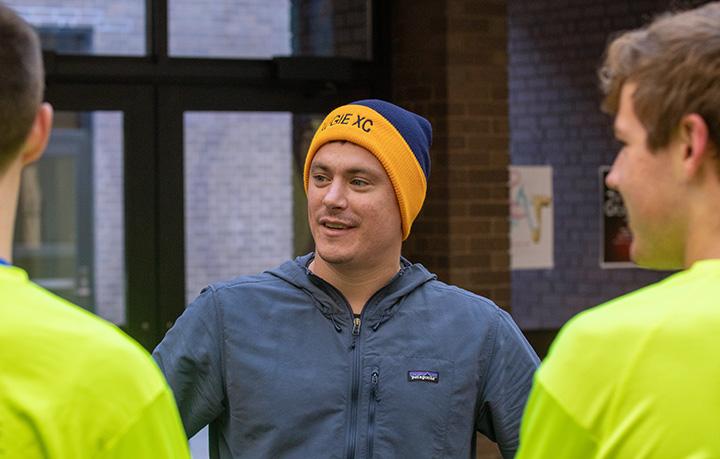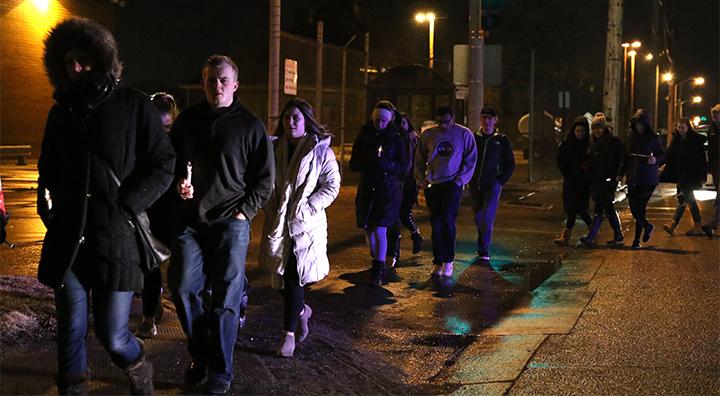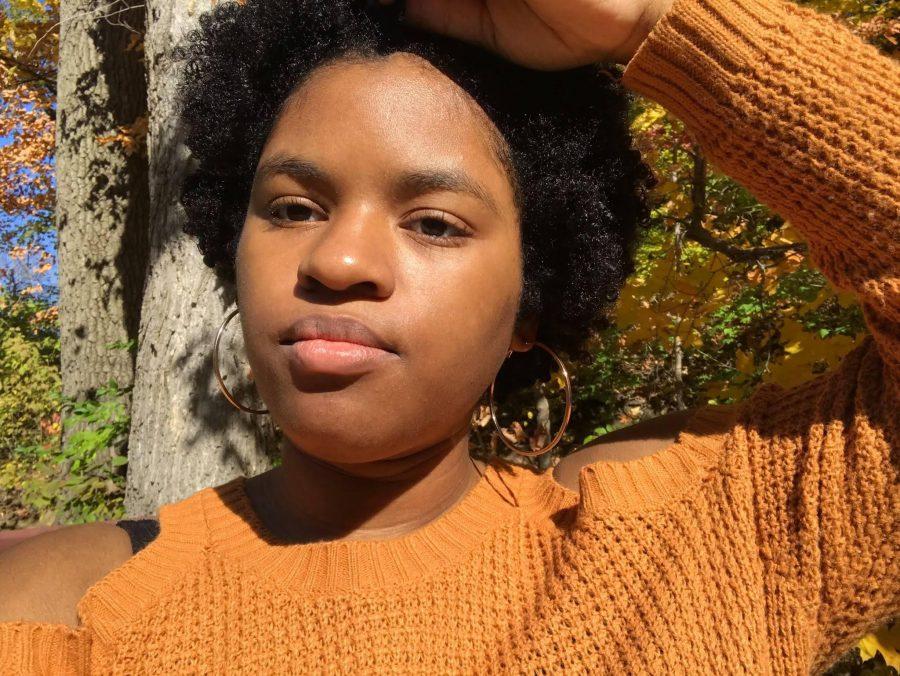“In the Heights” reveals colorism in Hollywood
October 11, 2021
In the Heights is a film version of the broadway musical, adapted by Lin-Manuel Miranda. This film was recently shown by Latinx Unidos in the Olin Auditorium to celebrate Hispanic Heritage Month. In the Heights follows the story of Usnavi (Anthony Ramos), a New Yorker who owns a bodega and wishes to return to the Dominican Republic someday. As he recounts his time spent there as a child, he introduces many of the people in his life and shares their stories, including his current life. This movie serves as a step for more Latine representation in Hollywood. While this movie celebrates various Latine cultures, many people have brought attention to the colorism evident in the film.
The story takes place in Washington Heights, a New York neighborhood that is predominantly Afro-Dominican. Felice León, a video producer for The Root and a black woman of Cuban descent, expressed her frustration with the final representation.
“The film showcased Black dancers, and there were certainly Black women in the hair salon, but where are the dark-skinned Black Latinx folks with a storyline?” Leon said in a 2021 article from The Root by Felice León.
León asked the director Jon M. Chu about the lack of dark-skinned leads. Chu responded by saying, “When we were looking at the cast, we were looking for the people who were best for those roles specifically.”
Many people were not happy with this response, as the idea of “finding the best people” for specific roles has been a common excuse for a long time in Hollywood.
What adds to the let-down was the movie claimed to represent a lot of Latine heritage but still managed to leave out a huge portion of people living in Washington Heights. The darker-skinned actors are cast to the sidelines and background with only one non-Latin Black character, Benny, playing a significant side character.
Lin-Manuel Miranda issued an apology after receiving backlash from audiences. “I promise to do better in my future projects…[and] we all have to make sure we are honoring our…community,” Miranda posted on Twitter. However, the responses from Miranda and Chu did not satisfy audience members.
Monica Castillo, a writer for NPR, addresses this in her article “The Limitations of ‘Latinidad’: How Colorism Haunts ‘In The Heights.’” Castillo and audience members who are Latine with dark skin or Afro-Latine were disappointed in the lack of accountability.
“Latinos are so much more than one story, one skin tone, or one umbrella identity. This discussion about colorism is about acknowledging those already in our communities and families, to stop relegating dark-skinned and indigenous talent to outside the spotlight and open doors to not just white or light-skinned Latinos, but to all of us and our varied experiences,” Castillo said in the article.
In the Heights provides a stepping stone for more Latine representation and allows audiences and creators to join conversations about dark-skinned representation. But, ultimately, it comes down to whether movies will begin creating storylines and giving impactful roles to actors with dark skin, not just issuing apologies and promises.










